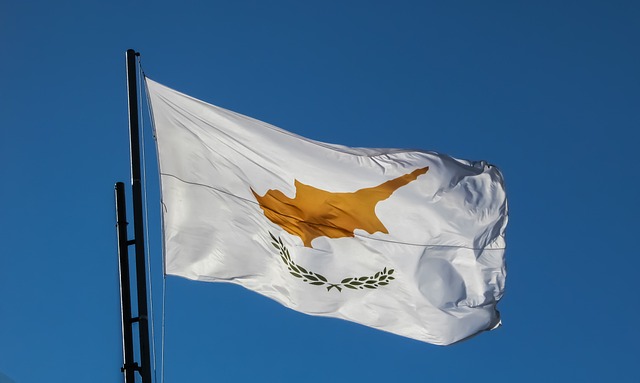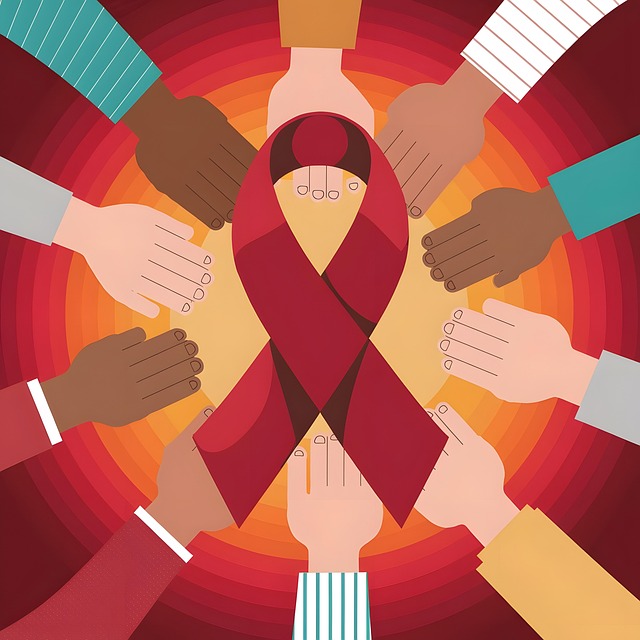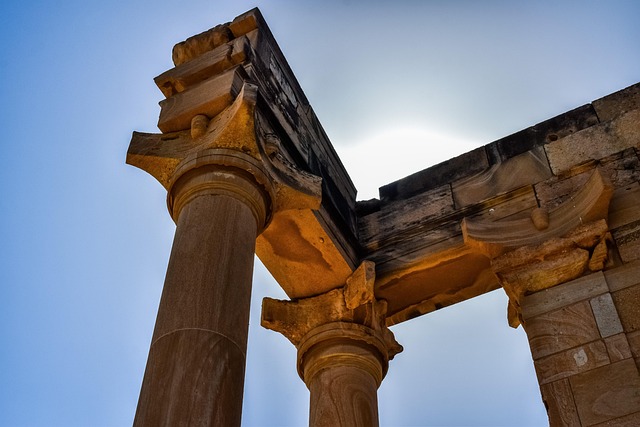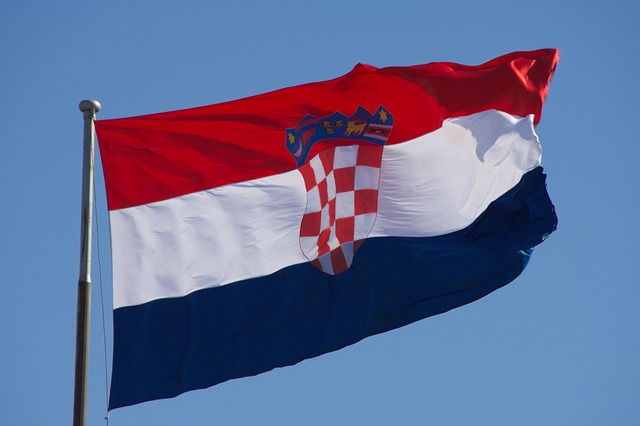The 1st Cavalry Division flag is more than a symbol—it's a living narrative of bravery, unity, and resilience. As an iconic banner with unique markings, it preserves historical tales within the collective cultural tapestry. These flags, like vintage US Army heritage pennants, are sought-after artifacts that convey military history and foster a connection to the past. Their intricate designs and symbolism require careful conservation, as the market for genuine antiques grows, necessitating expert restoration and educational initiatives to maintain their historical integrity.
Flags, beyond their ceremonial roles, serve as powerful tools for preserving cultural heritage. They encapsulate history, values, and struggles, acting as tangible links to our past. This article explores the role of flags in cultural heritage preservation, highlighting the significance of the 1st Cavalry Division Flag as a symbol of historical importance. We’ll delve into how flags narrate our collective story and the challenges and efforts dedicated to safeguarding these heritage treasures.
- The Role of Flags in Cultural Heritage Preservation
- The 1st Cavalry Division Flag: A Symbol of Historical Significance
- How Flags Contribute to the Storytelling of Our Past
- Challenges and Efforts in Preserving Heritage Through Flags
The Role of Flags in Cultural Heritage Preservation

Flags serve as powerful symbols that play a vital role in preserving and communicating cultural heritage. They carry historical significance, encapsulating stories and experiences that have shaped communities over time. Consider the vintage 1st cavalry division banner, for instance; it’s more than just fabric and colors—it’s a tangible link to the past, reminding folks of the division’s valiant efforts on the battlefield. The US Army’s 1st Division flag is no exception, with its unique design and symbolism holding deep meanings that resonate with veterans and history enthusiasts alike.
Through their intricate designs and distinct emblems, flags tell stories of bravery, unity, and resilience. They foster a sense of identity and belonging within communities, passing down historical knowledge from one generation to the next. The 1st cavalry division flag, with its distinctive markings, becomes an iconic representation of the unit’s heritage, pride, and the sacrifices made by its members. This historical significance ensures that the tales of their valor and dedication are not forgotten but instead become integral parts of our collective cultural tapestry.
The 1st Cavalry Division Flag: A Symbol of Historical Significance

The 1st Cavalry Division Flag stands as a powerful symbol of historical significance and military heritage. Designed to represent the bravery and dedication of the division’s members, this iconic banner has been carried into battle and flown with pride for decades. It serves as a tangible link between the past and present, a testament to the enduring spirit of those who have served.
Collectible military pennants, like the 1st Cav flag, are not just pieces of cloth; they are artifacts that tell stories of valour, sacrifice, and camaraderie. Heraldry experts meticulously study these vintage textiles of the American West, appreciating their intricate designs and symbolism. Each stitch, colour, and emblem tells a tale of military history, making them highly sought-after collectibles for enthusiasts and historians alike.
How Flags Contribute to the Storytelling of Our Past

Flags have long served as more than just symbols of identity; they are powerful tools for preserving and sharing our heritage. Each flag tells a story, representing significant historical events, military victories, or cultural traditions. Take, for instance, the 1st Cavalry Division flag, a vibrant tapestry woven with the threads of courage and service. It not only represents the heritage of the division but also serves as a tangible link to our past, allowing us to connect with and understand the struggles and triumphs of those who came before.
Through their designs, flags like restored early American cavalry standards and US Army 1st Division flags carry profound meanings. These emblems depict the spirit and values of specific units, preserving their legacies for future generations. They become visual narratives that inspire and educate, ensuring that the stories of our ancestors are not forgotten but instead live on in vibrant, gossamer threads, whispering tales of valour and perseverance. This storytelling aspect makes flags a vital component in the preservation of our cultural heritage, accessible to all who take a dive into their rich symbolism.
Challenges and Efforts in Preserving Heritage Through Flags

Preserving heritage through flags is a delicate task, as it involves balancing historical accuracy with the desire to keep these symbols relevant and accessible. One significant challenge lies in the authenticity of vintage textiles, particularly those like the 1st Cavalry Division flag. The market for us army heritage flags has grown, but the distinction between genuine antique flags and meticulously replicated ones can be hard to discern, leading to concerns about the integrity of historic collections.
Efforts to conserve these artifacts include not only meticulous restoration work by experts but also education initiatives aimed at promoting an appreciation for their role in vintage textiles of the American West. The study of heraldry of US Army flags plays a crucial part, ensuring that each flag’s design and symbolism are accurately represented. These combined strategies help maintain the historical record while making heritage accessible to future generations, preserving not just fabrics but the stories and memories they encapsulate.
Flags, like the iconic 1st Cavalry Division Flag, serve as powerful symbols that preserve our heritage. They tell stories of battles won, traditions upheld, and struggles overcome. By recognizing their role in cultural heritage preservation, we can ensure that these tangible pieces of history continue to inspire future generations, offering a concrete connection to our past. Efforts to safeguard flags, including proper storage, documentation, and exhibition, are essential in preserving the tapestry of our shared history.
